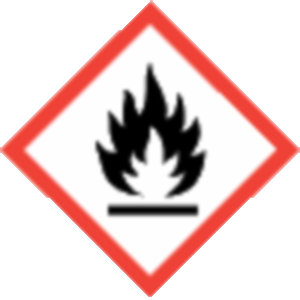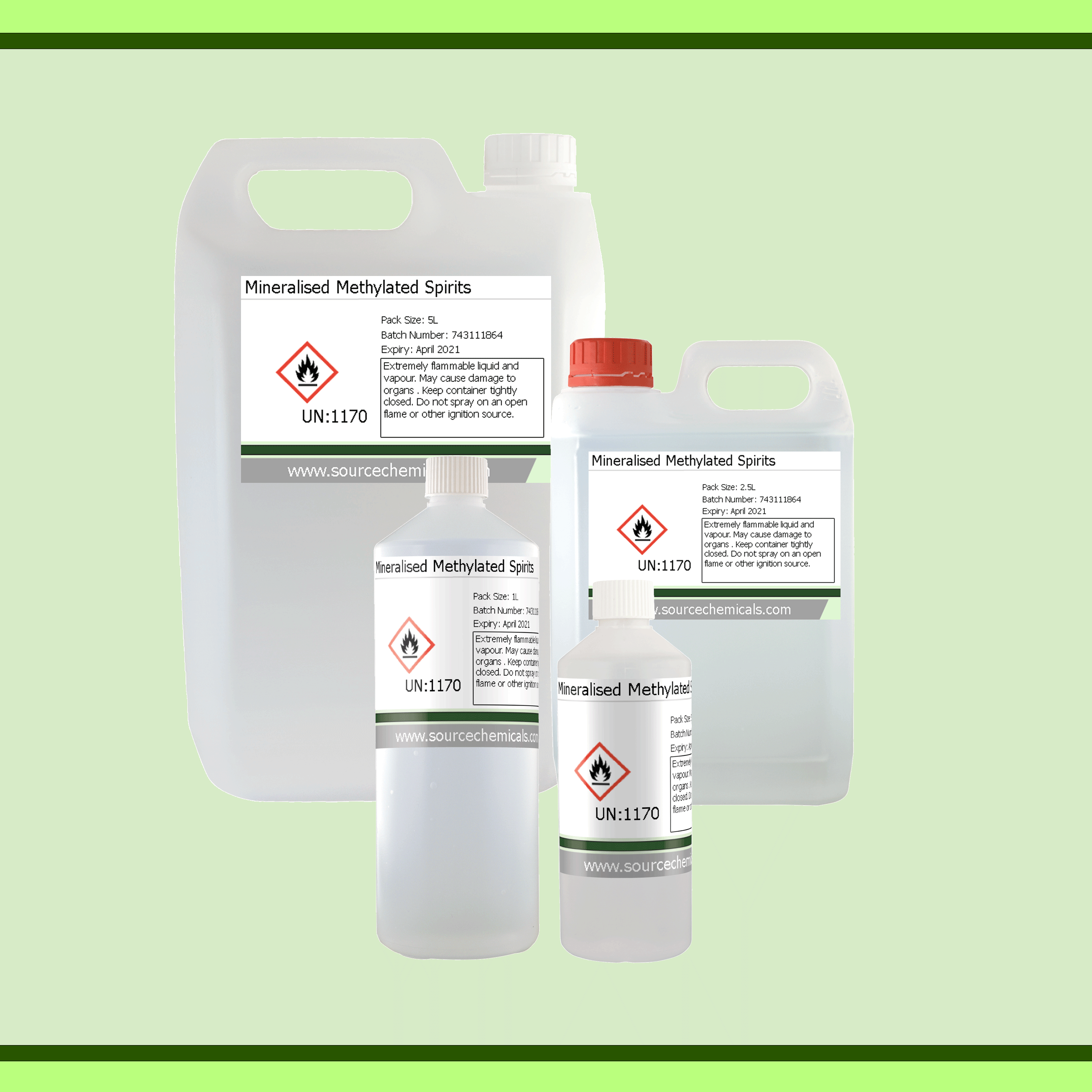Applications
The liquid is purple, not clear
- Used for thinning french polishes and shellac varnishes.
- For use in spirit burning heaters, stoves and for lighting barbecues.
- Cleans mirrors, glass and jewellery.
- As a fuel for marine and ultra-light camping (backpacking) stoves. It is inexpensive, may be extinguished with water, and can be transported without special containers. However, safety concerns do arise from the near-colourless flame with which alcohol burns. A jellied and dyed form is used in the Sterno brand fuel "Canned Heat", which is meant to be ignited and used in its container.
- To pre-heat the vaporizing tubes on a wickless kerosene stove such as a Primus stove
- As a sanding aid, as the alcohol helps to more easily remove excess dust because it does not open the wood grain the way that water does.
- As a mealybug exterminator.
- As a cleaning aid in removing ink stains from upholstery or clothes.
- As a cleaner in daily housekeeping
- As a solvent in shellac and shellac-based products.
- As an excipient in a number of pharmaceutical products for topical use.
- As a less expensive alternative to pure ethanol in preserving biological specimens.
- As a less toxic alternative to methanol in the production of biodiesel fuel. Biodiesel produced using ethanol is properly called fatty acid ethyl ester, whereas biodiesel from methanol is properly referred to as fatty acid methyl ester.
- For maintenance of wicks in kerosene heaters and lamps to remove water contaminants and restore the capillary action of the wick, as a wick cleaner and a kerosene additive, by adding approx. 1 teaspoon denatured alcohol per gallon of kerosene.
- As a fuel for older toy steam engines which used a wick-type or vaporizing burner.
- For window washing
- As a fuel for fire jugglers and fire spinners. This can be used in conjunction with boric acid to create a greenish fire effect.
- It can be used in cooking to test pectin levels when making jam, jelly and marmalade.
General
Denatured alcohol or methylated spirits is ethanol that has additives to make it poisonous, extremely bad tasting, foul smelling or nauseating, to discourage recreational consumption. Dyed purple for identification purposes it is mainly used as a solvent.
Specification
- Alcohol Content: <94%
- Molecular Formula: C2H6O
- Molecular Weight: 46.07 g/mol.
- Methanol: 7-8% vol
- Aldehydes & Ketones (as Acetaldfehyde): <0.10%
- Residue on Evaporation: <0.1%
- Appearance: Bright Violet Liquid
Hazards
Hazard Class: 3
Packing Group: 2
Hazard Phrases: Causes serious eye irritation. Highly flammable liquid and vapour.
Prec Phrases: IF IN EYES: Rinse cautiously with water for several minutes. Remove contact lenses, if present and easy to do. Continue rinsing. If eye irritation persists: Get medical advice/attention. Store locked up. Keep out of reach of children. Dispose of contents/container to


Einecs No: 200-578-6
UN1170
FP: 17 °C




